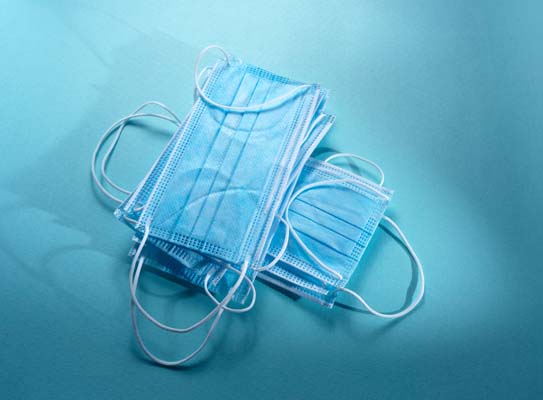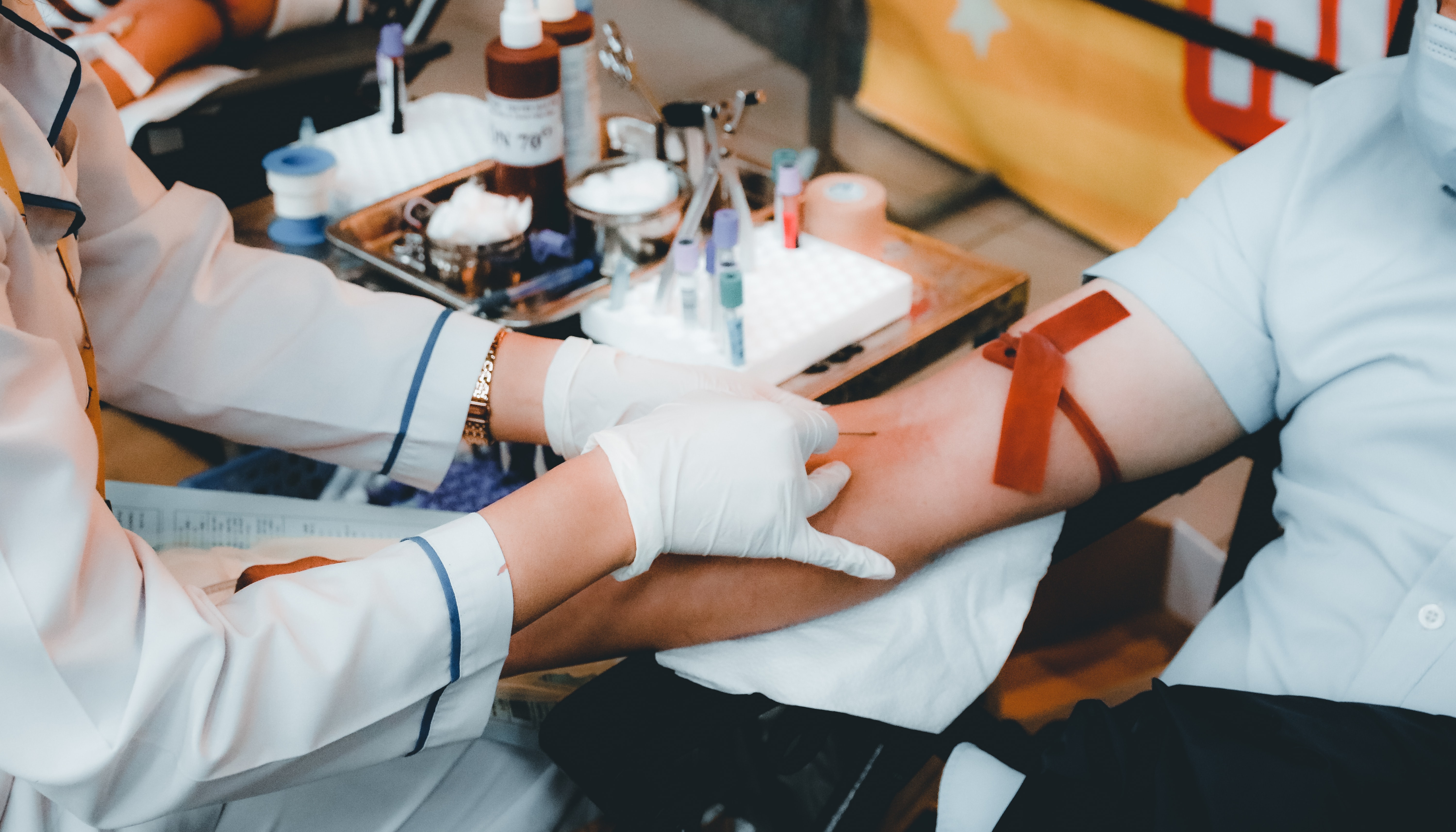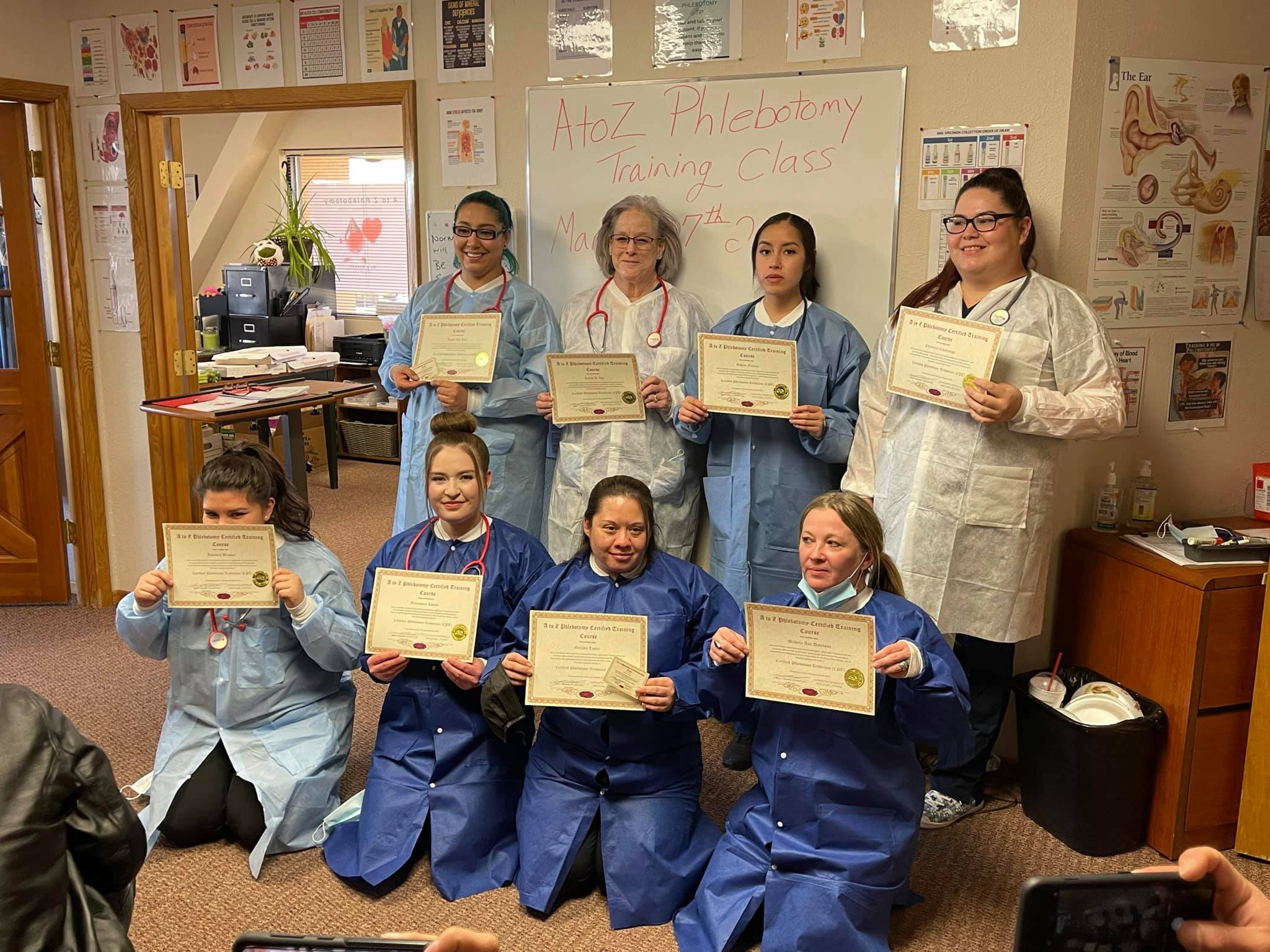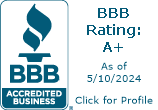It's easy to think that just because a training program takes less than a year that it's easy. Whether a phlebotomy training program is easy for someone or not will significantly depend on the individual. Some people might breeze through it without any troubles. Others may find it's not for them.
One thing to keep in mind is that you'll probably excel more in phlebotomy training if you have interest in the medical field. It may be difficult for someone who doesn't have an interest in the human body or its functions. If you're squeamish about blood, it might not be the career for you in the first place.
Training can be easy when it comes to scheduling. Because so many phlebotomists are needed around the country, it's pretty simple to find a training program. But, that doesn't mean the materials covered are always easy. Don't assume that just because it's an entry-level job that it isn't taken seriously.
In fact, because phlebotomists see so many patients a day, it's important to pass your training program with confidence. If a phlebotomist makes a mistake on the job by mislabeling a blood sample or harming a patient, their career and their place of employment could be in serious trouble.
Perhaps the hardest part of phlebotomy training is the understanding that accidents happen sometimes. So do unfortunate situations. It's crucial that you're confident enough in your training and skills that you can handle these situations if they ever come up.
Some Potential Complications Include:
• Having to use a different draw site if the original draw site cannot be used.
• Blood stops flowing into the tube during a draw.
• Patient has an adverse physical reaction.
• Patient has a hematoma.
Training cannot necessarily prepare you to stay calm under pressure. But, the more training you do have, the more likely it is that you'll be able to hand the above situations professionally.




